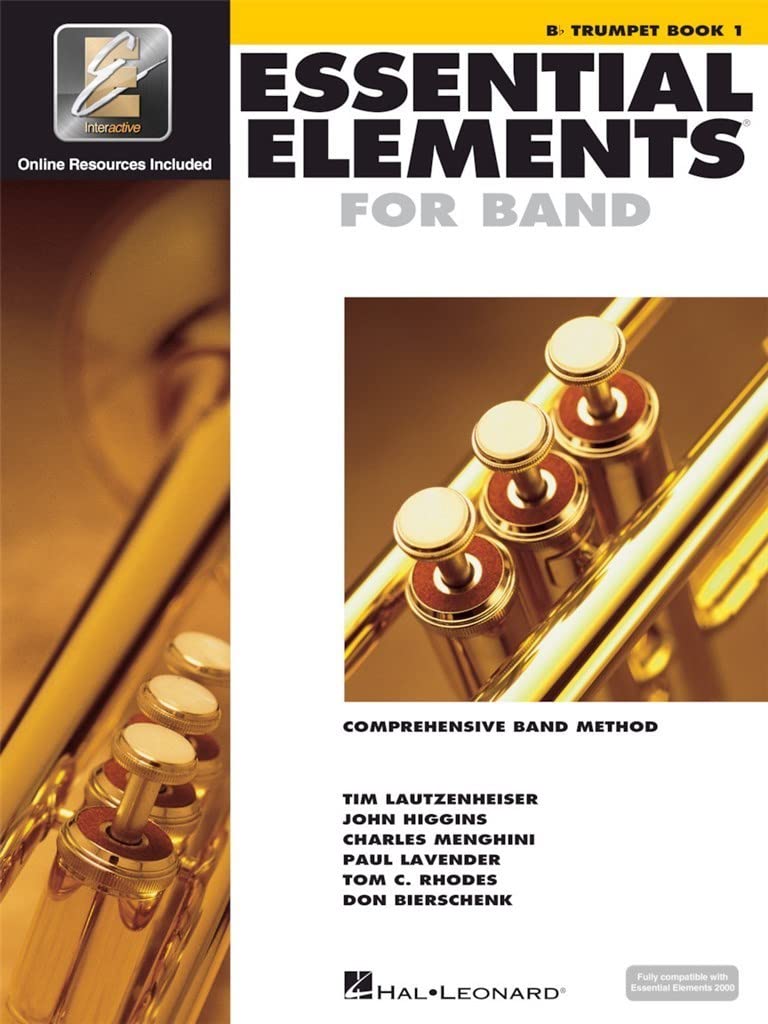By James Divine
As we approach the end of the school year and the weather is warming up outside – especially after our spring concert – it can sometimes be a challenge to get students to maintain focus. Sometimes mixing up the method book a bit can make band class more interesting. Here are 8 Ways to Mix Up The Method Book.
Mini-ensembles – Give students a short masterclass on how to practice duets and trios (they often think individual run throughs will improve their performance when they need to work together). Some tips include: a) Play all parts together in unison b) Have one person play while the other listens c) Practice the duet together but then stop as soon as something doesn’t sound right. Give the students ten minutes to go and practice their ensembles. Have them return to the class and perform. Give out small awards for successful performances.
Flashback Friday (or Thursday, or Monday, or whatever) – Students get to choose the exercises. It’s a great way to review without you having to pick. Works great on a day when many students are gone on a field trip and your original lesson plan is not going to work. Also is effective right after a concert or on state testing day when their brains are fried. You may need to set a few parameters – for example “pick anything from 1-120 in the book” – or you could literally have them pick even the most difficult exercises. I always have the sample from the demo CD available and if a student chooses something deep in the book we haven’t performed yet, I will play the sample for them.
Change up the articulation – Go back and review exercises that are easier for them, but have them slur everything, or tongue everything, or “bop” the entire exercise as staccato, including whole notes (this particular one will expose who isn’t counting 4 beats). You’ll be surprised how difficult this one can sometimes be.
Divide music into groups – Split the class into 2 groups. It could be brass vs woodwinds, or saxes vs everyone else, or whatever – be creative. One group will play odd measures – the other group will play even measures – but with no pause in the music! Many groups will struggle at first but will get better at it. It forces the students to count, listen, and anticipate. Once they get good at measures, try dividing it by beats. Another variation – pick an easy song like Twinkle Twinkle. Have the class perform the song note by note – i.e the first person plays the first note, then the second person plays the next note, all the way through the melody. Everybody has to be engaged for it to work. Basically they are performing the entire piece in their mind as they prepare for when it will be their turn.
Play backwards – Have students face the wall behind you – just kidding, not that backwards – play the song in complete reverse, starting on the last note and moving to the first note.
Have Students Conduct – You might have everyone start off mimicking your four beat pattern – I always describe it to them as floor, wall, wall, ceiling. Then have individuals come up to the podium to conduct. It opens up many opportunities to talk about prep beats and what to look for in the conducting.
Change up the seating – Have those who sit in the back move to the front and vice versa. Maybe even allow open seating. Caution! For some reason when you change one thing in a classroom, some middle school brains think that all the rules go out the window. I have had success and fun with this technique, but on occasion students who never talk out of turn and students who never have their cell phones out suddenly think those rules no longer apply. I can’t explain it, but who can explain middle school brains. I usually preface this with a clear explanation that no rules have changed and there will be consequences for broken rules.
Marching Band – Work on memorizing an easy song like Twinkle Twinkle – most students have it memorized but just don’t realize it. Have them turn their stands around. Once it is mostly memorized, have students stand and march in place. If you are really brave, you might take them outside and give them an introduction to marching techniques – first without playing, then add the memorized piece back in.
I hope these tips help you to keep the end of year more interesting while continuing to work on musicality!
***James is a retired teacher turned performer and motivational speaker. Using music, humor, personal stories, and his 105 year old sax, James shares how although we may be dented, scratched, and abused – like his sax – a beautiful symphony can still come pouring out of our lives. Find out more about him at www.jamesdivine.net.
